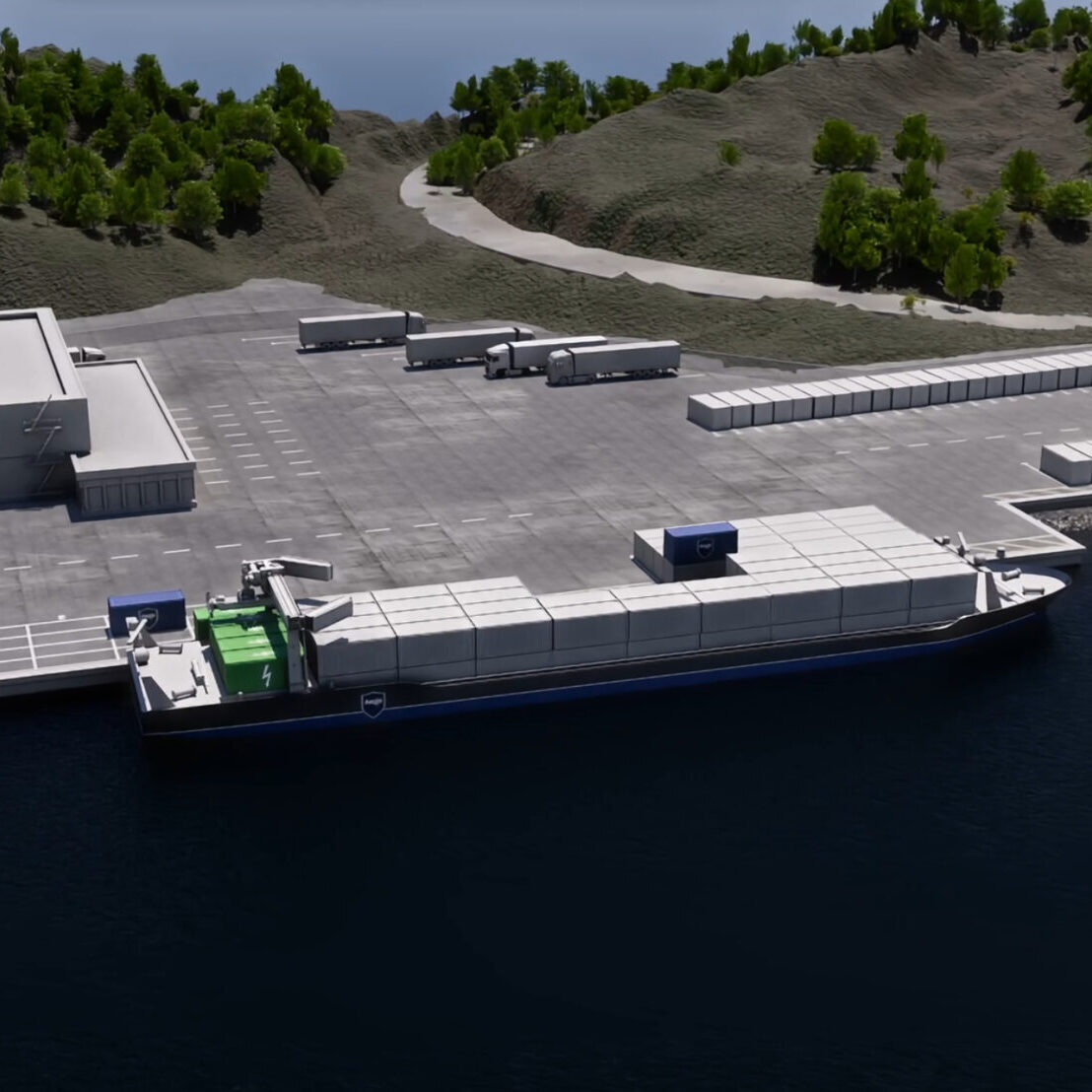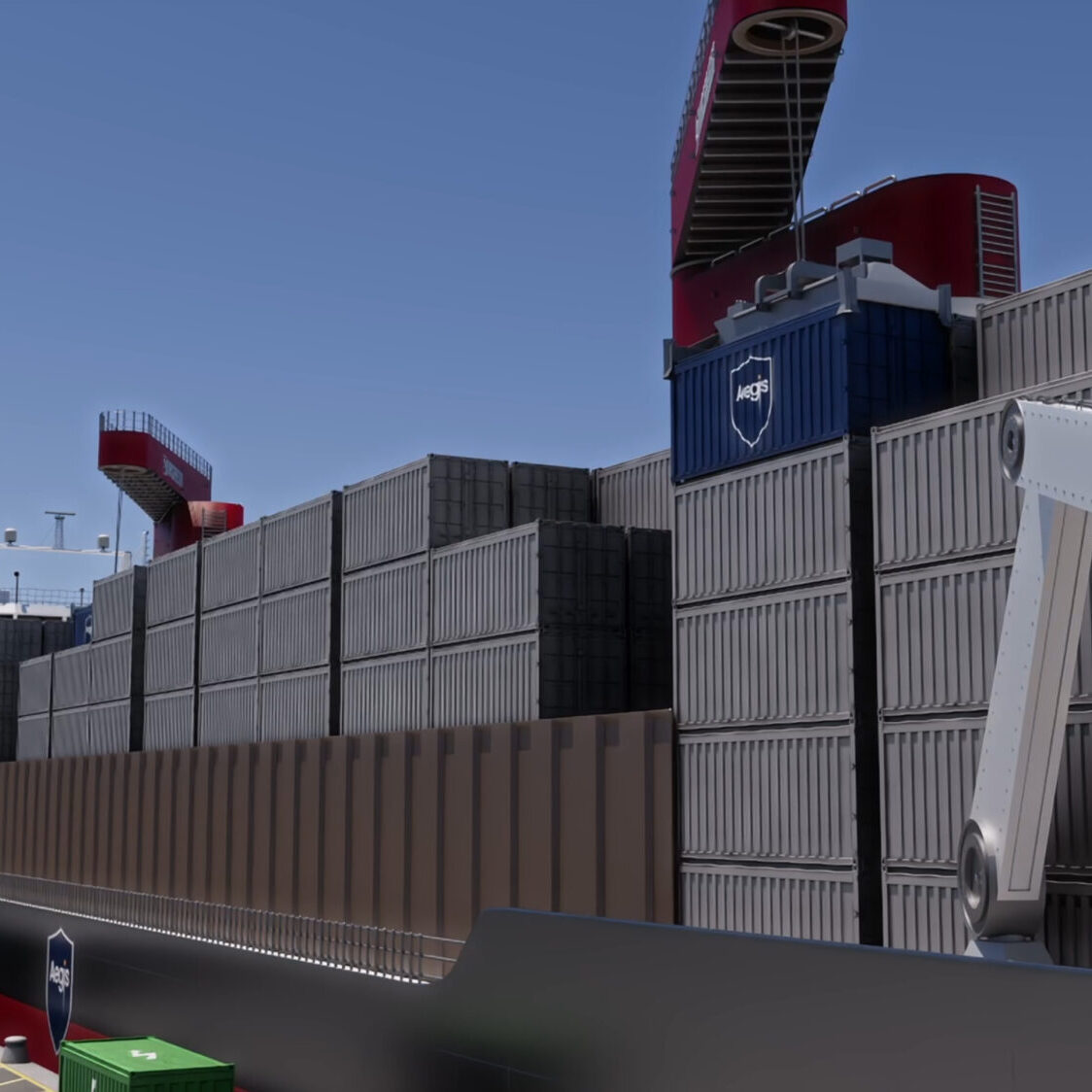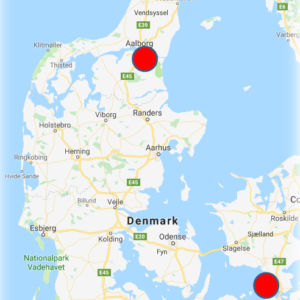Say hello to AEGIS (Advanced, Efficient and Green Intermodal Systems).
- a project where autonomous ships meet automated ports.
AEGIS is a three year project, started in June 2020, with a total funding of 7.5 M€ from the European Union’s Horizon 2020 research and innovation program.
The AEGIS consortium will design Europe's next generation sustainable and highly competitive waterborne logistics system comprising more autonomous ships and automated cargo handling. Standardized cargo units and digital connectivity are key elements in the AEGIS system.
Real life cases
AEGIS offers three highly relevant use cases in Northern Europe, which however are applicable to other regions in Europe. The use cases represent typical short sea transports that need to be linked to last mile distribution systems.
Case A
Case A is led by North Sea Container Lines in cooperation with the Port of Trondheim. Small cargo shuttles are used for last mile distribution to rural and urban destinations.
Case B
Case B is led by DFDS and will link RORO (Roll on/Roll of) short sea services to inland waterways.
Case C
Case C is led by Port of Aalborg in cooperation with Port of Vordingborg and will examine how existing ports can use automation to facilitate transfer of cargo from trucks to sea.
Flexible and user centric
The AEGIS goal is to design a more flexible, connected and user centric waterborne logistics system. Selected by the EU Commission, the AEGIS project will continue to improve the societal and environmental impact of EU transports.
A shift in European transports from road to waterborne and rail is critical for meeting the goals of minimizing the carbon emissions from transport set by the Commission. In this respect all parts of the entire logistics system need to be considered to make competitive waterborne systems; more autonomous vessels, more automation in cargo handling, improved digital connectivity.


Green and robust transport
Small ships and inland barges have many benefits compared to road transport. Waterborne transport takes the pressure off the roads as well as reducing both noise and dust pollution. New ships and barges can now be operated by electric propulsion, fuel cells, hybrid solutions and, when necessary, highly efficient combustion engines, e.g. powered by LNG.
Modernization of today's waterborne logistics systems is possible by connecting seagoing vessels with barges or smaller vessels for last mile deliveries. Autonomous solutions will be applied, where applicable. Further, cargo handling, ports and terminals need to be automated, and digital connectivity needs to be improved. Regional ports and city terminals will be revitalized by providing better services to rural as well as urban areas.
Positive impact
AEGIS will give a series of positive impacts related to the overall policies of EU concerning a shift in freight transport from road to waterborne and rail:
- Decongest road and/or city infrastructure
- Reduce the CO2 and air pollutant emissions of intra-European freight transport
- Enhance the performance of the CEF TEN-T (The Connecting Europe Facility network and The Trans-European Network for Transport)
- Substantially increase the amount of freight fed from intercontinental European ports using waterborne transport
- Modernize, increase the reliability and competitiveness of Intra-European Waterborne transport
- Increase the quantity of freight moved by Inland Waterways or Short Sea Shipping
- Reduction of accidents and injuries in the waterborne sector
- Strengthening the European maritime industry.



